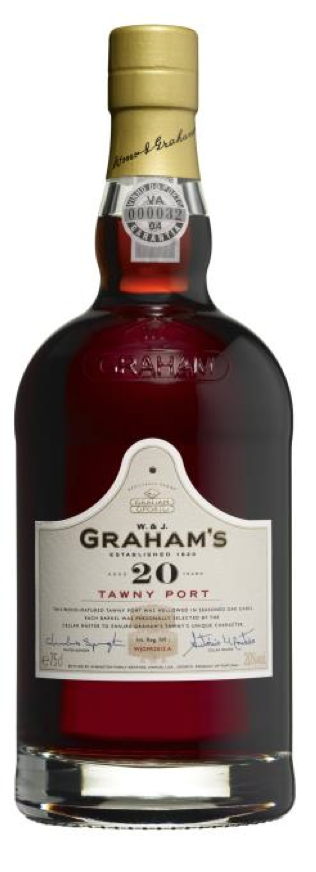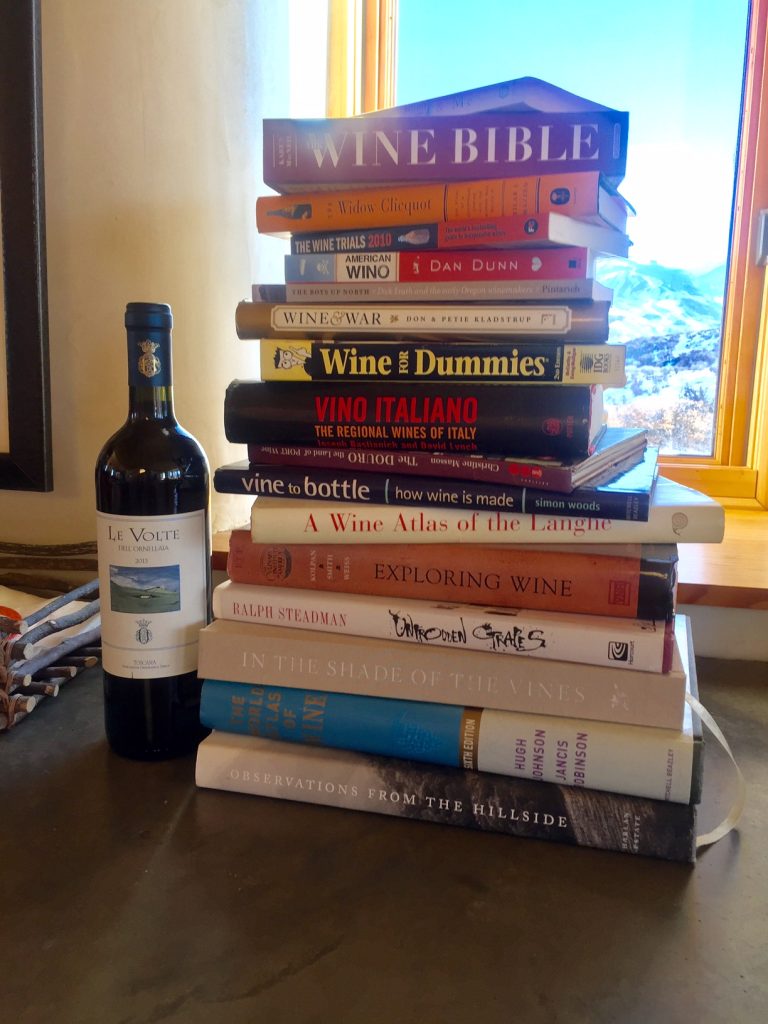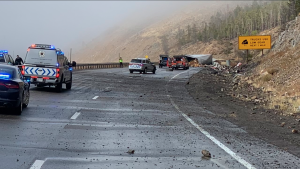WineInk: Wine chops, learning about wine

Kelly J. Hayes/Courtesy photo
“I don’t know anything about wine,” said the woman next to me as she looked deeply into a small glass of Tawny Port at a not-so-long-ago wine tasting. “But I do know one thing,” she continued, as she took an enthusiastic sip of the amber-colored liquid, “I know what I like.”
The fact is, she knew all she really needed to know about wine — what she liked. In reality, she likely knew more than she thought she knew about wine. And hopefully, she was inspired enough by what was in her glass of Tawny Port to want to learn more about the basics of wine.
While wine is, at its core, a sensation for the senses, it is one of those things that can produce even more pleasure if you take a little time to dig deeper and learn more about it. There are various ways of going about getting an education about wine, depending on the level of interest you have and what you hope to achieve. Wine education can start by simply seeking out topical information on today’s wine scene. Or, it can emerge as a lifelong pursuit, leading down the rabbit hole of accreditation by various wine organizations. It all depends on how deep you want to go.
If you are reading this column, you have already begun to show a budding interest in wine education. Continue it by reading other columnists (I like Lettie Teague in the Wall Street Journal) and picking up copies of wine publications like Wine Spectator and Wine Enthusiast. Just a weekly read can help you get a feel for how broad a subject wine can be.
But the best way to uncork the world of wine is to simply turn a page — that would be the pages of wine books. Fortunately, the world of wine has a long history, dating back to ancient Greece, of writers pontificating on wine.
And there are some outstanding books, many of which you can find at local libraries, that provide a plethora of information. I’d begin with the essential: Hugh Johnson and Jancis Robinson’s “The World Atlas of Wine.” This is, as the title implies, a book that documents wine from all around the world. Open a bottle, pour a glass, and turn to the page that details where your wine is from, and you will be enlightened — simple as that. Do it again the next week, and you’ll start to slowly gain an understanding of how each bottle of wine comes from “somewhere.” Though the current edition, published in 2019, could use a refresh, there is still no better way to get a grand overview of the world of wine.

Next up is Karen MacNeil’s “The Wine Bible,” a paperback with an astounding 994 pages of insights and recommendations from one of wine’s grand apostles. Too deep? Try the best-selling wine book of all time, “Wine For Dummies.” First published in the 1990s, it is updated regularly and is still a great guide for the novice wine drinker.
But you need not restrict yourself to guides and tomes of information. There are dozens of books that capture the romance of wine in all its forms. Anything about wine written by Jay McInerney is worth your time, and his collections of essays, from “Bacchus and Me” to “A Hedonist in the Cellar,” will take you on a journey that educates as much as it entertains.
A new read on my list is a recently published novel by Kermit Lynch — yes, the Berkeley, California, wine importer who wrote one of the classic wine books of all time, “Adventures on the Wine Route: A Wine Buyer’s Tour of France.” Written in 1988, it is a Steinbeckian snapshot of French wine. This year, at the age of 83, Lynch published “At Poupon’s Table: A Novel.” It has been well received and is, of course, available on Amazon.
Yes, we live in the digital age, and fortunately, words on wine spill out easily online — even more so now that AI search engines generate instant answers to wine-related questions.
Perhaps the easiest way to quickly learn about a wine in your glass is to go to WineFolly.com. As one of the most consumer-friendly sites on the web, Wine Folly will answer all your wine questions with a click of your mouse. You’ll get the lowdown on what you are drinking, as well as recommendations for similar wines and other grapes you might want to try.
For a blog that provides a little deeper info and a dollop of opinion, okay, a heavy dose of opinion, you can’t go wrong with Alder Yarrow’s Vinography.com. Since 2004, Yarrow has been dishing posts about wine, and if he recommends you try a wine, it is worth the effort to find it. It is also the best place to keep up-to-date on what is happening in the wine world.
Of course, if you want to pursue wine as a calling, then you might want to check out some of the more advanced wine certification programs like the Institute of Masters of Wine, the Court of Master Sommeliers, and the Wine and Spirit Education Trust, better known as WSET. Each of these organizations provide self-guided, structured educational opportunities that culminate in different levels of accreditation. They offer deep dives into the depths of the wine world.
The bottom line is there are lots of ways to learn more about the wines in your glass. If you know what you like, that is a start, but there may be more out there to love.
Oh, and about that Tawny Port the woman at the tasting admired. It is a wine made in a singular style in the Porto region of Portugal from red grapes that are indigenous to the region. These fortified (Spirits are added to the blend) wines are stored in wooden casks and can age for 10, 20, 30, or even 40 years before they are released with a brownish-orange tawny color. A Tawny Port will impart aromas of sweet caramel, raisins, and dried figs, and feature a nutty profile. They are often sipped with desserts and provide a decadent flavor experience.
With wine, you can learn something new every day.










